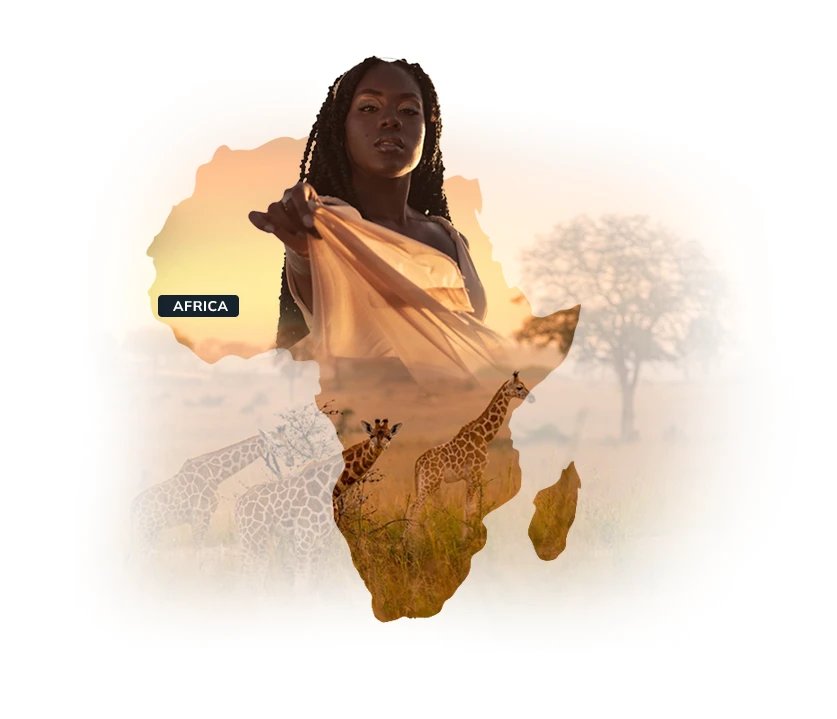When to go to Madagascar
Speak to someone who's been there...
My favourite time to visit Madagascar is from September to November, when baby lemurs are born, and the wildlife becomes very active. You can catch the migrating humpback whales returning to Antarctica in September, then head into the spectacular rainforests, popping with purple jacarandas, to see reptiles, tenrecs, fossas and adorable lemurs.

When is the best time to visit Madagascar?
As the fourth largest island in the world and a biodiversity hotspot, Madagascar is an unforgettable holiday destination, featuring warm temperatures and sunny skies. It’s best visited between April and December when the weather is drier, and there’s something different to see every month.

January to March experiences heavy rainfall and possible cyclones, and we advise against travelling to Madagascar during this period. Shorter showers last from April to June, however, the rains have illuminated the island as a lush rainforest paradise for the endemic wildlife.
From July until December, the 5,000 kilometres of beautiful coastline are blessed with cool sea breezes and blue skies; perfect for snorkelling and watching humpback whales arriving to breed in warmer waters from July to September.


The best time to explore the biodiversity in Madagascar is from September until the end of the year, as many flowers are in bloom, the rainforests are cooler, and the dramatic peaks of the north are waiting to be explored. Madagascar's famous lemurs will have their babies in tow from September, and they are quite active and easy to spot from October to December.
As a near year-round destination (with the exception of the monsoon season), Madagascar’s diverse landscapes offer unique treasures throughout the year.
Month-by-month guide to travelling in Madagascar
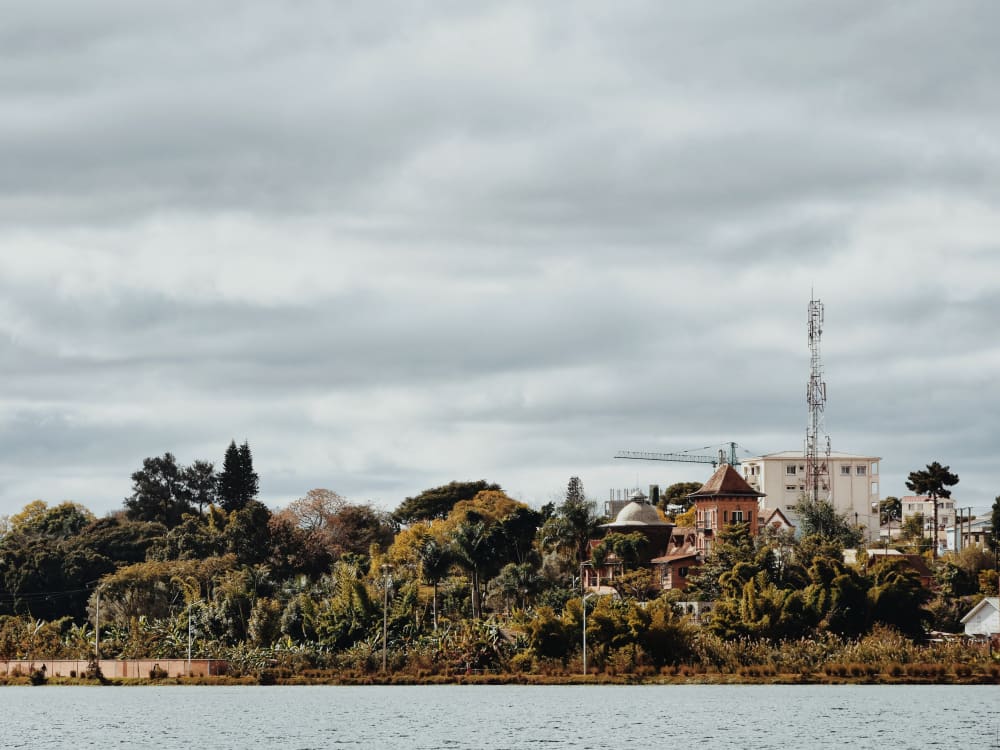
January marks the beginning of cyclone season, and we generally advise against travelling to Madagascar from January to March. The weather is hot and humid, and high rainfall and cyclones lash the country. Although the southern part of the country receives less rain than the north, most hotels and businesses close across the island during the wet season. Travelling becomes difficult, with many roads and trekking paths becoming inaccessible from January to early April. Lemurs and other wildlife are also difficult to spot in the densely overgrown forests during this season.
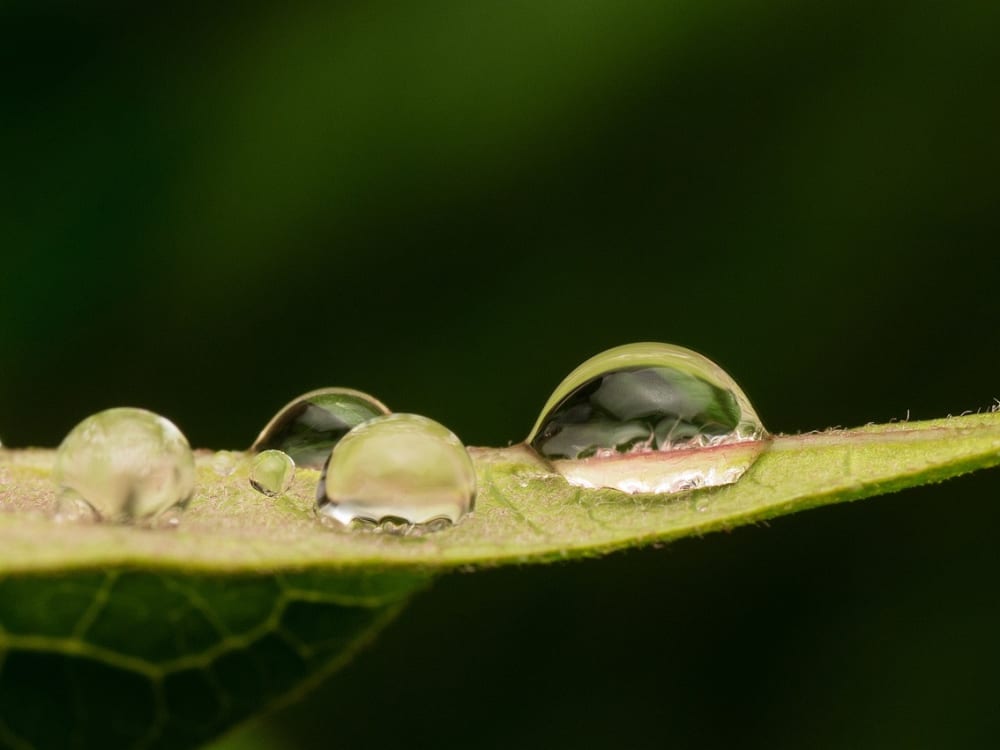
February is right in the middle of the wet season, with a high risk of cyclones hitting the island. Heavy downpours are expected daily across Madagascar, and while daytime temperatures only reach a high of 26°C, the equally high humidity will make the temperatures feel hotter. The heavy rains and high winds make travel across Madagascar very difficult, and many resorts and businesses will be closed during the monsoon season. Diving and other watersports are not advised in this season, as the water is rough and underwater visibility is low.

March sees a slight drop in rainfall and humidity, but most days will receive rain, and most resorts will still be closed for the monsoon season. Cyclones are less likely, but the weather is somewhat unpredictable. Temperatures will vary between 18-25°C, and towards the end of March, the humidity and rainfall will decline. March is not a good time for water activities as underwater visibility is low, and rough winds make the ocean unsafe for swimming.

While April marks the beginning of the long dry season, there will still be occasional showers, particularly at the start of the month. Temperatures vary from highs of 25°C in the daytime and as low as 15°C at night. Humidity levels have dropped and cooling sea breezes make the island weather pleasant.
Most resorts and businesses reopen for the start of the tourism season, although there are still some areas and national parks that are inaccessible. The tropical rainforests still experience high humidity and are visually spectacular from all the rain, although expect any treks to be muddy and overgrown.
The increasingly sunny days and cooling winds make Madagascar the perfect Easter getaway. Underwater visibility has increased and the ocean is calmer, allowing for swimming, snorkelling and other water sports like windsurfing. The lemurs also start to come back out into the open after months in the dense areas of the jungle.
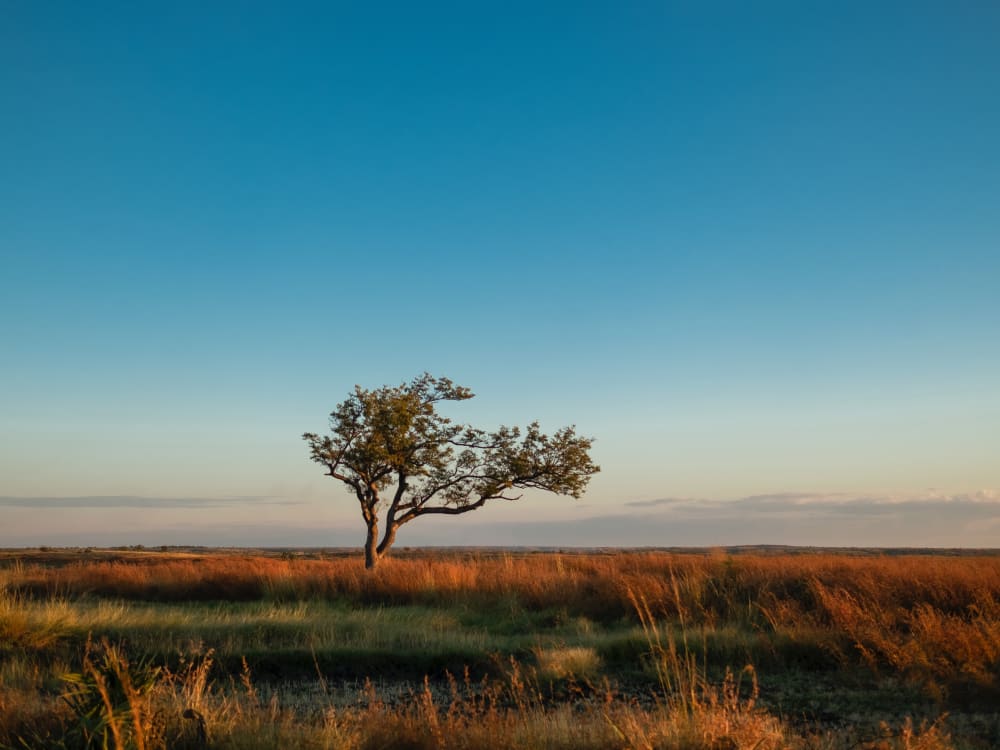
May is a wonderful time to visit Madagascar, thanks to daily sunshine, pleasant temperatures and an incredible array of blooming flora and fauna. Although there are occasional showers, most of May is characterised by sunny days. Daytime temperatures hover around 23°C, with evenings dropping to around 17°C.
The country still sees relatively fewer visitors in May than the coming months, but all accommodation and businesses have reopened. On the western part of the island, Parc National de l’Ankarana becomes accessible for trekking, and in the north, there are strong winds attracting kitesurfers and windsurfers. Lemurs can easily be spotted across Madagascar as they venture out of the rainforests and onto the beaches.
The Donia festival, which celebrates local music and sporting events, happens in May and is a week-long colourful celebration of local and regional talent.

June is a great month to visit Madagascar, with little rain, around seven hours of sunshine a day, and cooler evenings. The rains of the previous months have left the tropical rainforests lush and green, but thanks to the drier conditions of the previous two months, exploring the National Parks is easy and enjoyable.
Head to Parc National de l’Ankarana to see the Jurassic limestone cliffs stretching for miles amidst the surrounding forests before heading further north to explore the secluded beaches and wind-based water sports on offer. June is also an excellent month for beach holidays in Madagascar, as the ocean is calm and underwater visibility is excellent.

July marks the beginning of the prime time to visit Madagascar. It’s one of the busiest tourist months and also the coldest month, with average daytime ‘winter’ temperatures of 16-20°C, dropping to around 10°c (or lower in the highlands) at night. It's a good idea to pack layers and warm jumpers as early mornings can feel chilly.
Along with an increase in tourists, July is also busy with farmers and businessmen looking for the best vanilla on the island. Internal flights and accommodation on the north of the island should be booked as early as possible.
July is also the start of whale-watching season, with humpback whales spotted around Ile Saine-Marie as they migrate to mate and give birth in warmer waters. Along the coasts, the sunny days and pleasant temperatures are perfect for beach holidays, and the water conditions are excellent for swimming and snorkelling.
Further inland, the dry rainforests come alive with unique flora and fauna, and low humidity means jungle treks feel refreshing and enjoyable. Most wildlife, including the famous lemurs, can be easily spotted in July as the vegetation is not so dense in the jungles.
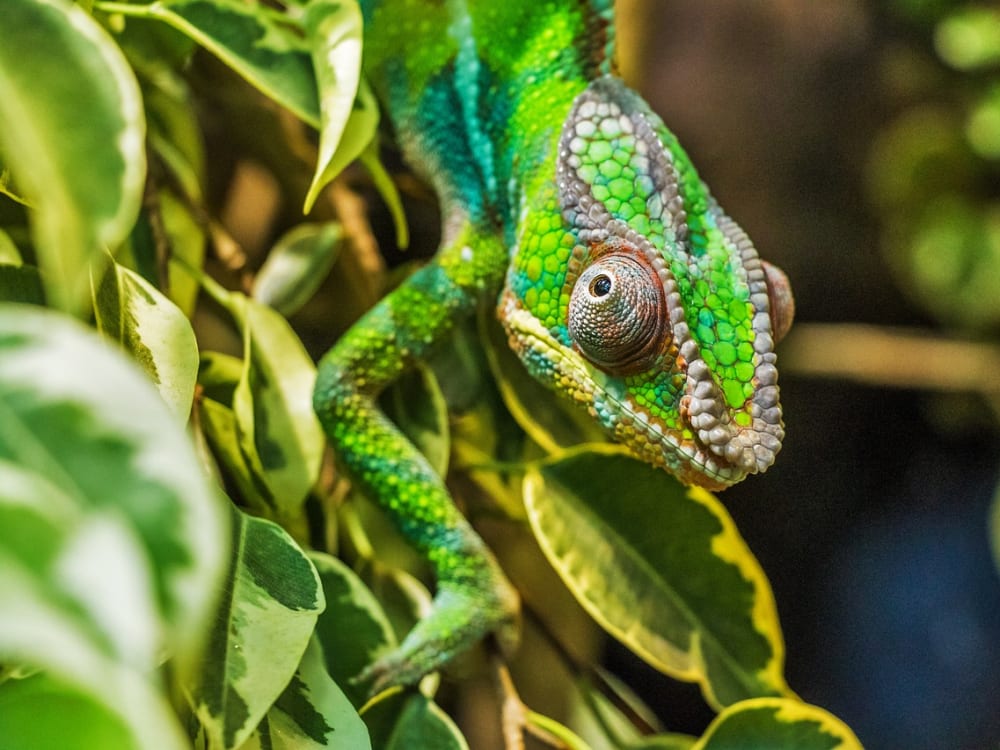
August is another peak month for tourism in Madagascar, and it’s best to book accommodation well in advance as the popular resorts fill up quickly. Although still classed as winter, it's slightly warmer than July, with average daytime temperatures of around 20°C and nighttime temperatures dropping to around 10°C. The weather is mostly sunny, with hardly any rain and high humidity found only in the rainforest.
August in Madagascar has a lot to offer both in terms of wildlife and activities. This is the best month for trekking and exploring the national parks, as well as the marine parks. The vast forests of Parc National de Masoala are home to ten different lemur species and a range of orchid flowers. The Parc also encompasses marine areas, with mangroves, coral reefs, coastal forests and countless marine life to spot.
Head to the waters around Ile Saine-Marie to see humpback whales breeding and raising their young in the warmer ocean after migrating from the frozen Antarctic waters.
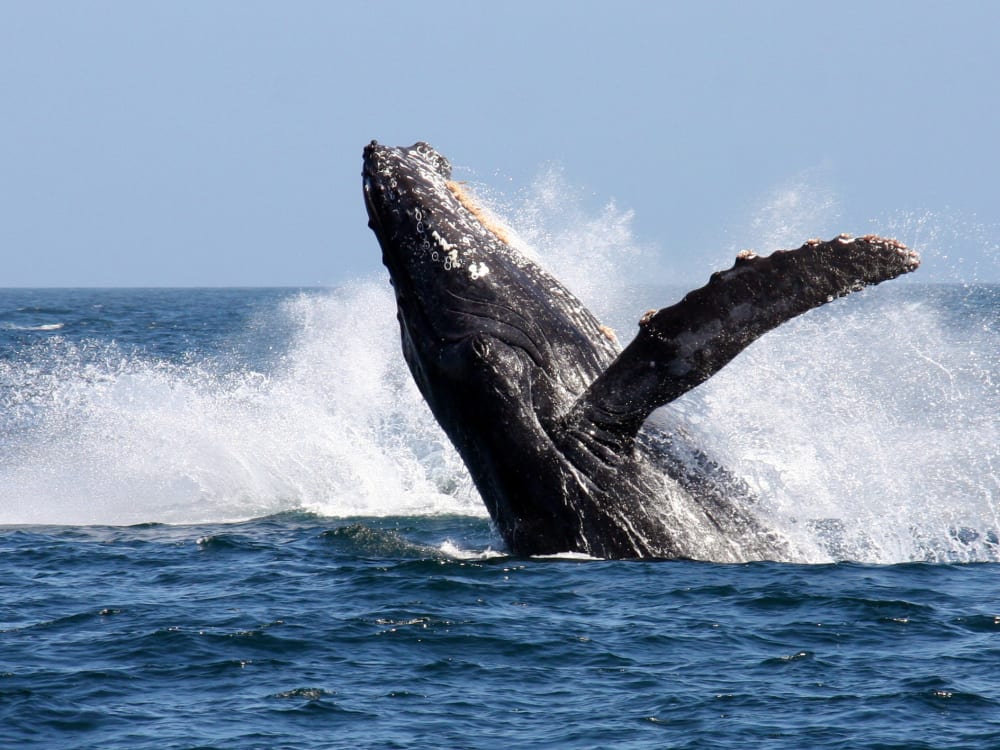
September is another fantastic month to visit Madagascar, with warm, dry weather and around eight hours of sunshine every day. Daily temperatures in September reach highs of 24°C and the evenings are cool.
September is a great month for wildlife spotting, as lemurs begin to give birth, and the slightly warmer weather brings reptiles and amphibians out into the open. It’s also the last month to see humpback whales around Ile Saine-Marie, as they begin their journey back to Antarctica in search of food.
September is excellent for beach holidays. Underwater visibility is also good for snorkelling and swimming, as well as lounging on the beach. However, most of the coastal winds have died down, so Madagascar is no longer ideal for wind-based water sports.
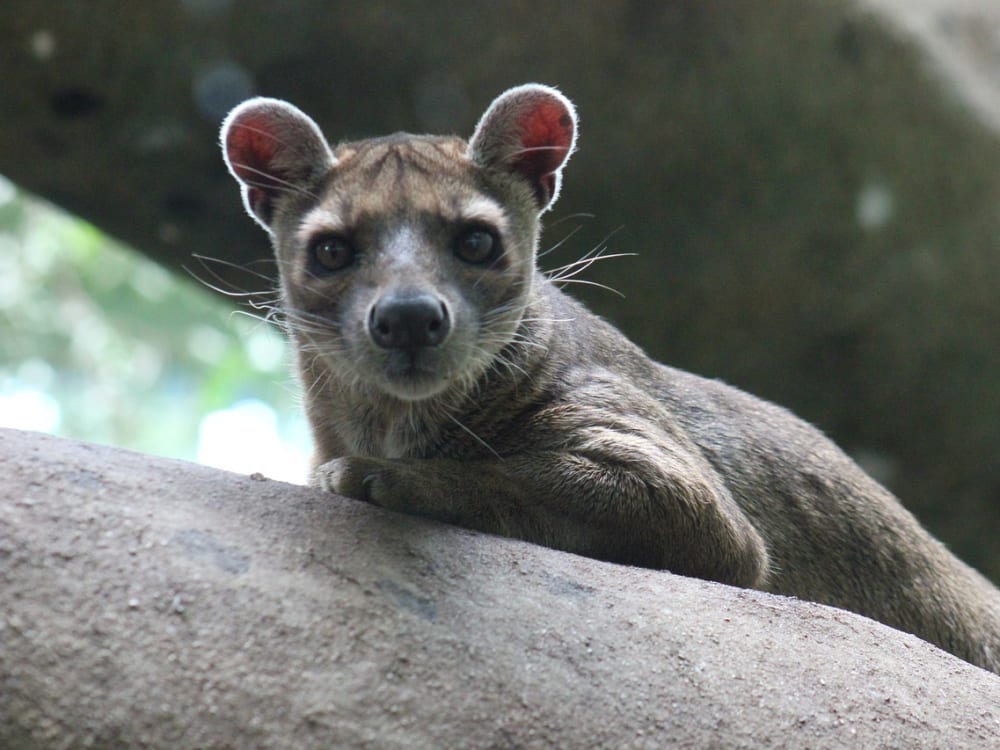
October is an excellent month to travel to Madagascar, with warm temperatures averaging around 20°C, lots of sunshine, and bright purple jacarandas blooming around the country.
The chance to see baby lemurs are the highlight of October, with most species now accompanied by their offspring. Many other animals are also in their mating and birthing seasons, and the elusive fossa (a cat-like, carnivorous mammal) is now easily visible in the western reserve of Forestière de Kirindy.
October is also a good time for snorkelling and swimming, especially in the marine parks of Parc National de Masoala, as the waters are clear and marine life is abundant. There's even a chance to spot dolphins and turtles in the protected marine parks.
The capital, Antananarivo, plays host to the annual jazz festival, Madajazzcar. A celebration of local and international musicians, this is one of Madagascar's most popular festivals.
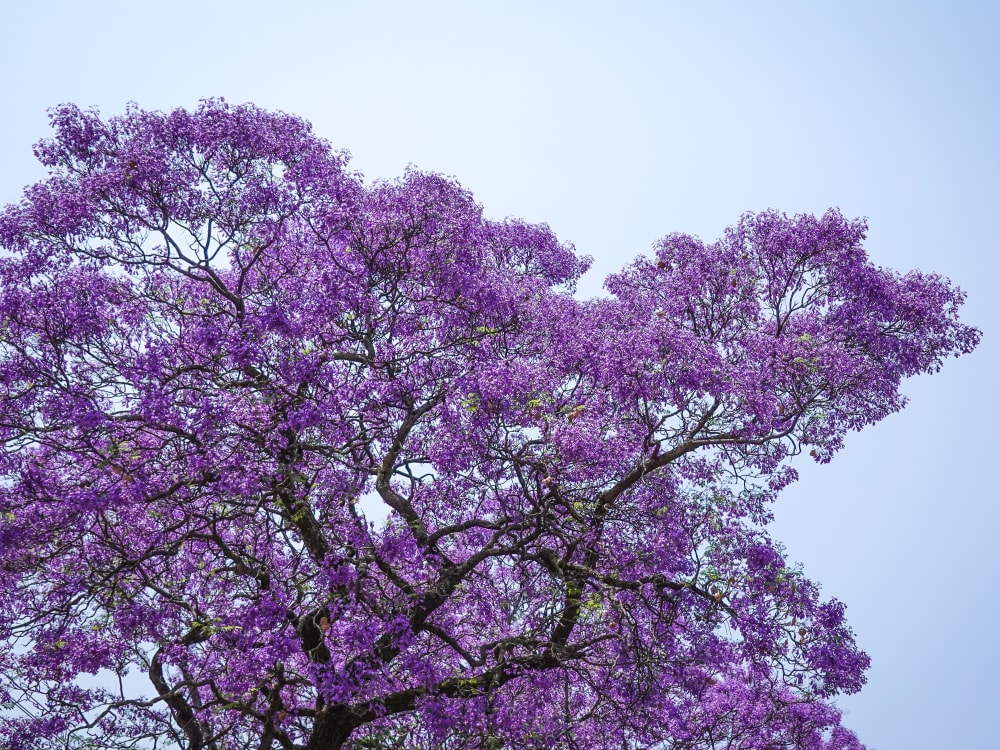
November sees an increase in rainfall, especially in the western parts of the island. Temperatures start to rise, with highs of 27°c as Madagascar heads towards its hot monsoon season. Overall, the weather is still mostly sunny, and the eastern coast tends to see more sun than the west.
It’s an excellent month for wildlife spotting, with many endemic animals exploring the rainforests with their new offspring. Baby lemurs and elusive fossas fill the rainforests with their calls, and the jacaranda trees make the island pop with bright purple blossoms.
With the start of the rains, reptiles, amphibians, and birds venture out of hiding to brighten the forests even more. Many of the endemic flora and fauna begin to flourish, and by the end of the month, the jungles are showcasing their unique biodiversity.
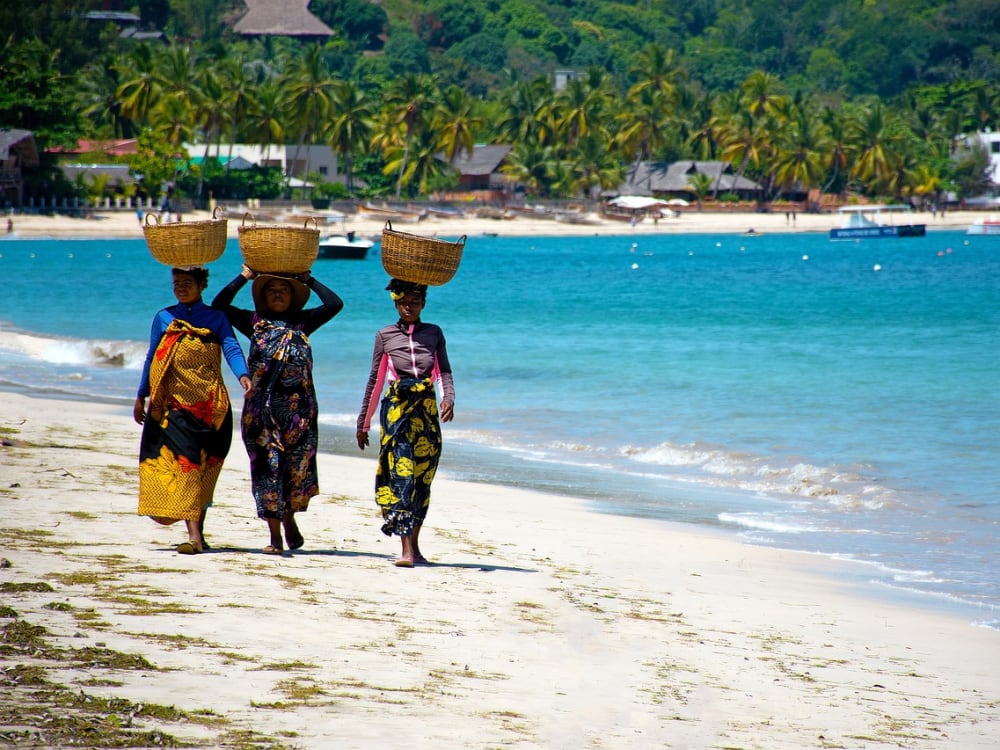
December marks the start of the rainy season, and depending on the year, there can be a lot of rainfall. The month is mostly characterised by unpredictable heavy tropical rains and humid heat, especially towards the end of the month. Temperatures average around 23-25°C, with cooler evenings. Despite the rain, many tourists head to the island over the holiday period, and accommodation gets booked up quickly.
The south of the island and the east coast tend to be drier and warmer, but it is hard to escape the rain completely. Beaches are still enjoyable, and although underwater visibility has decreased slightly, swimming and snorkelling are still enjoyable. December is a good month for wildlife spotting as the rains bring countless reptile species and flocks of birds into the open. Most mammals will have babies in tow, so prepare to see the adorable baby lemurs, fossas and even the shy tenrec.
Featured Madagascar Trips
Our trip ideas are presented as a guide for inspiration. Tell us about your interests and how you like to travel, and our Luxury Travel Specialists will craft your ideal luxury tailor-made holiday to Madagascar.


More Madagascar & Africa travel inspiration from Wayfairer customers and travel specialists
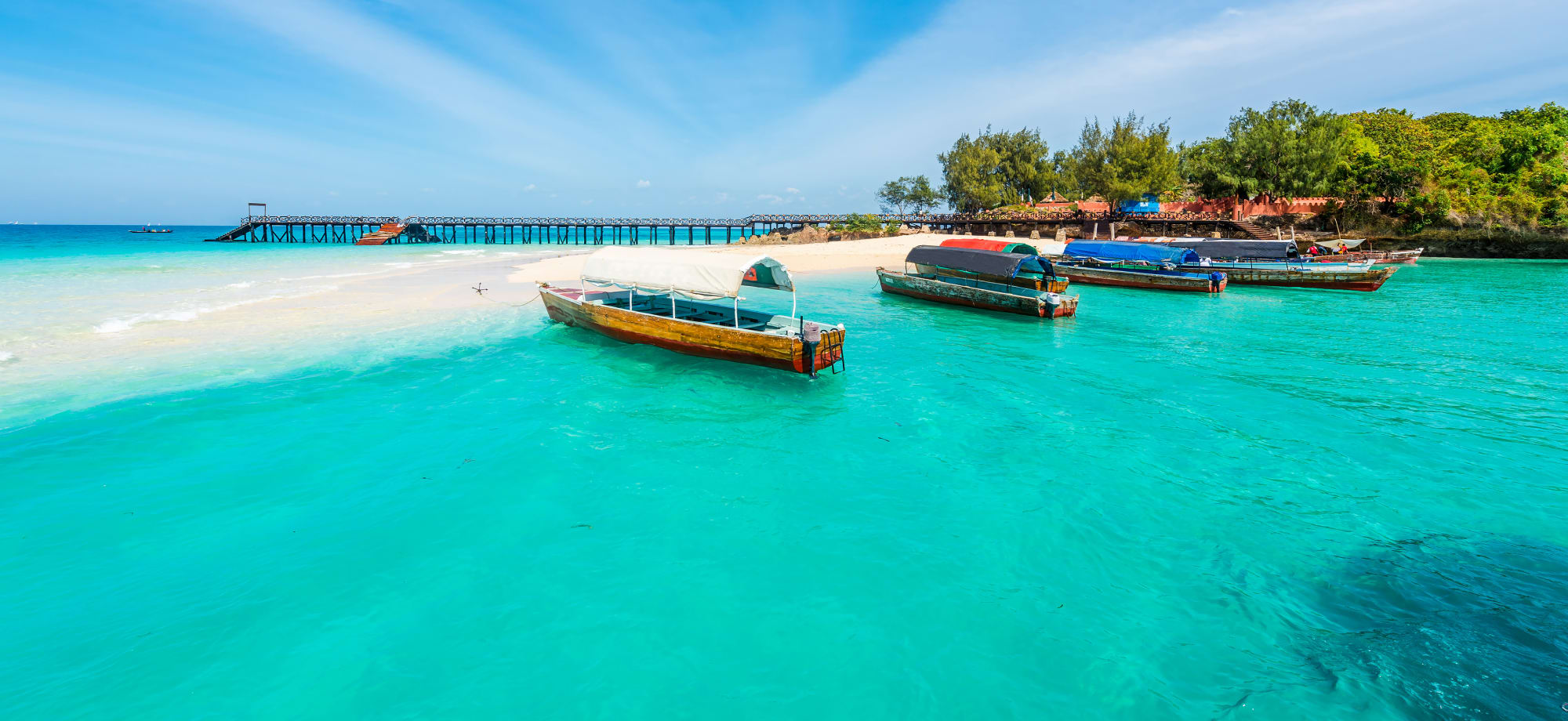
8 Best Beaches in Zanzibar and Hotels
March 25, 2025
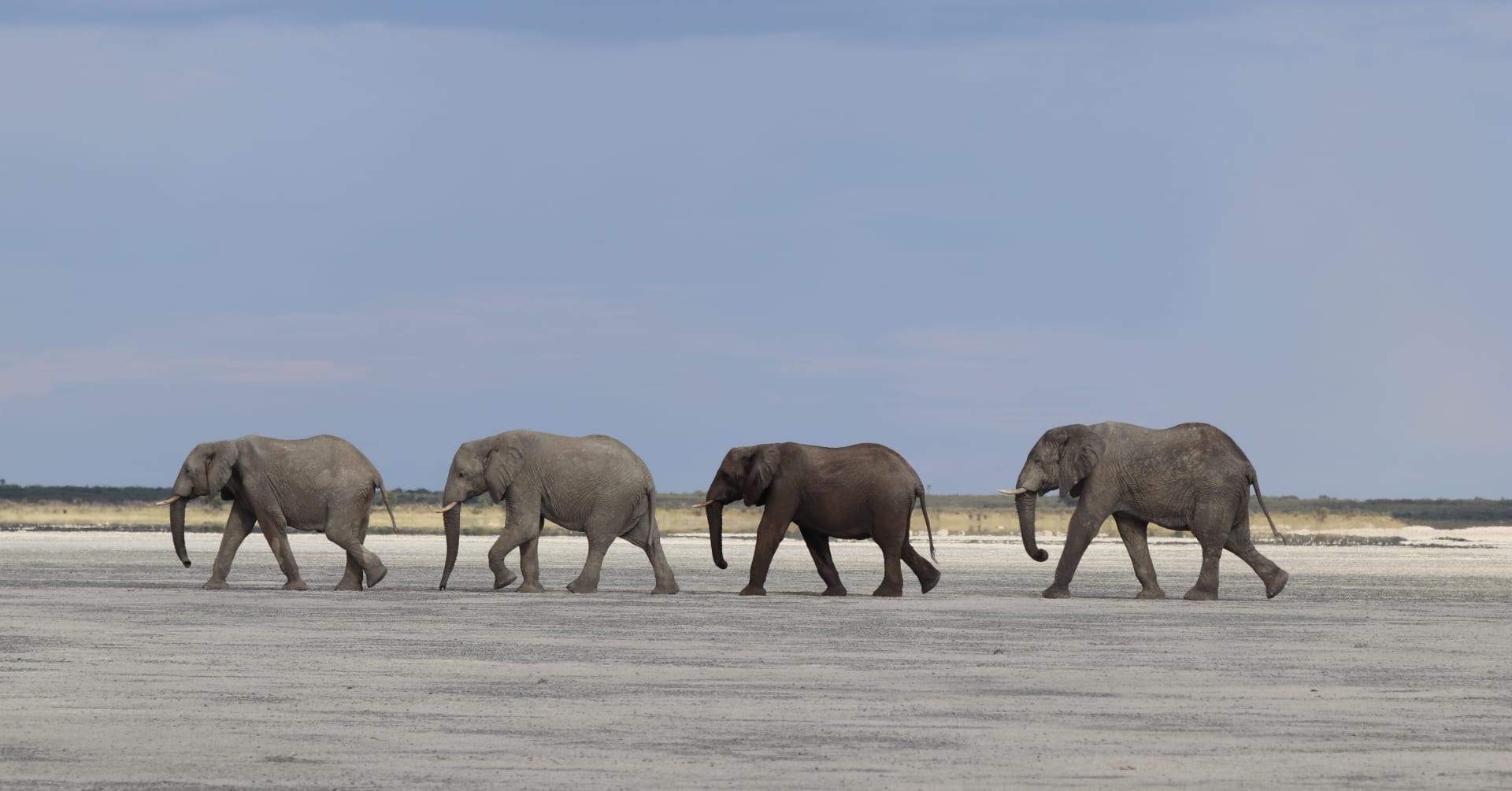
8 of the Best Countries to Visit in Africa in 2025
March 18, 2025
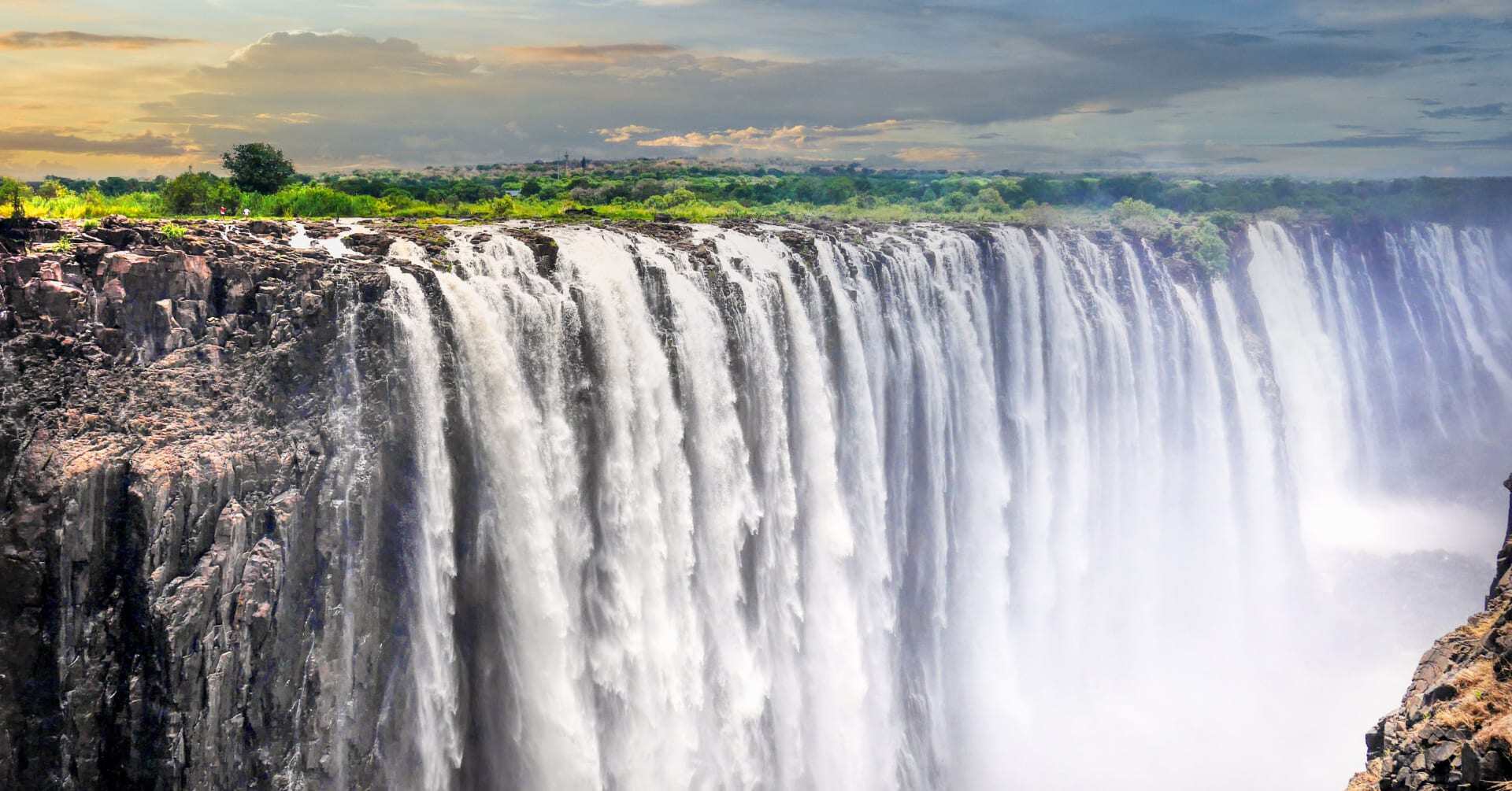
13 Things to do in Victoria Falls
May 07, 2024
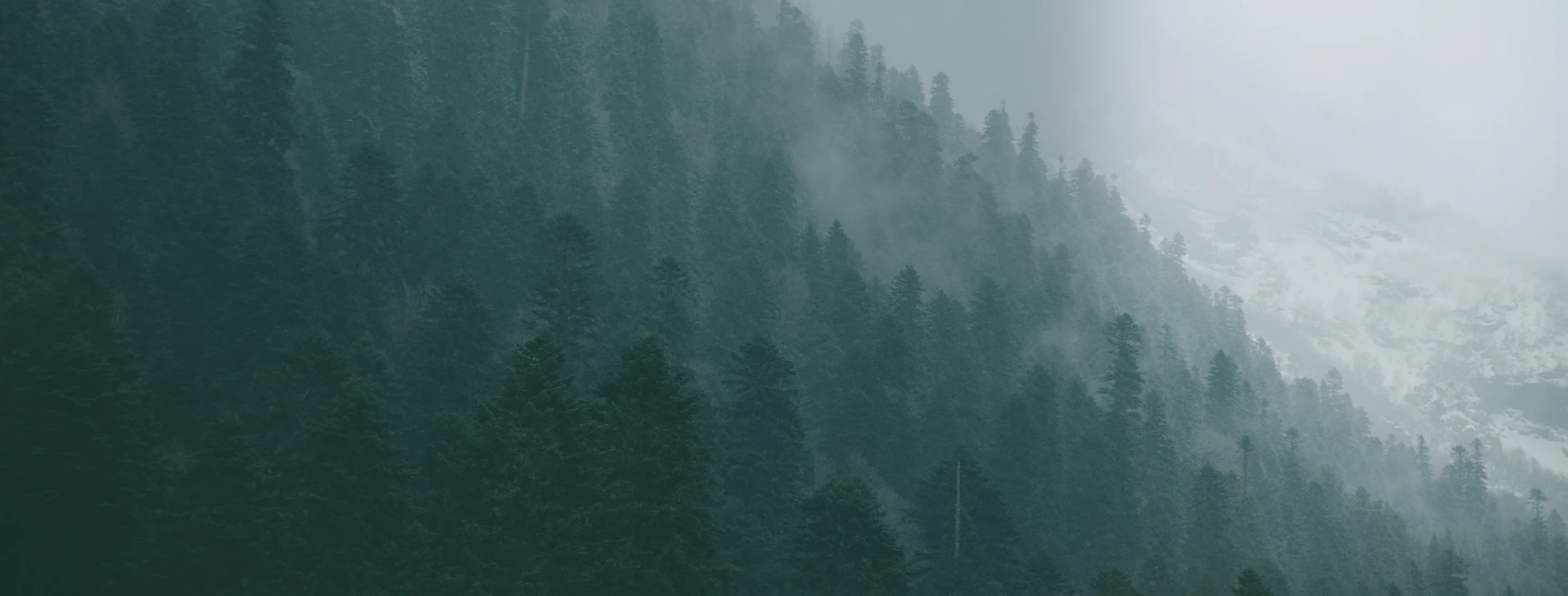
Sign up to our newsletter
For more travel inspiration delivered straight to your inbox just fill in your details here


